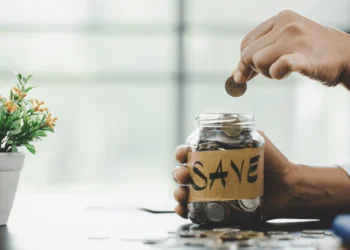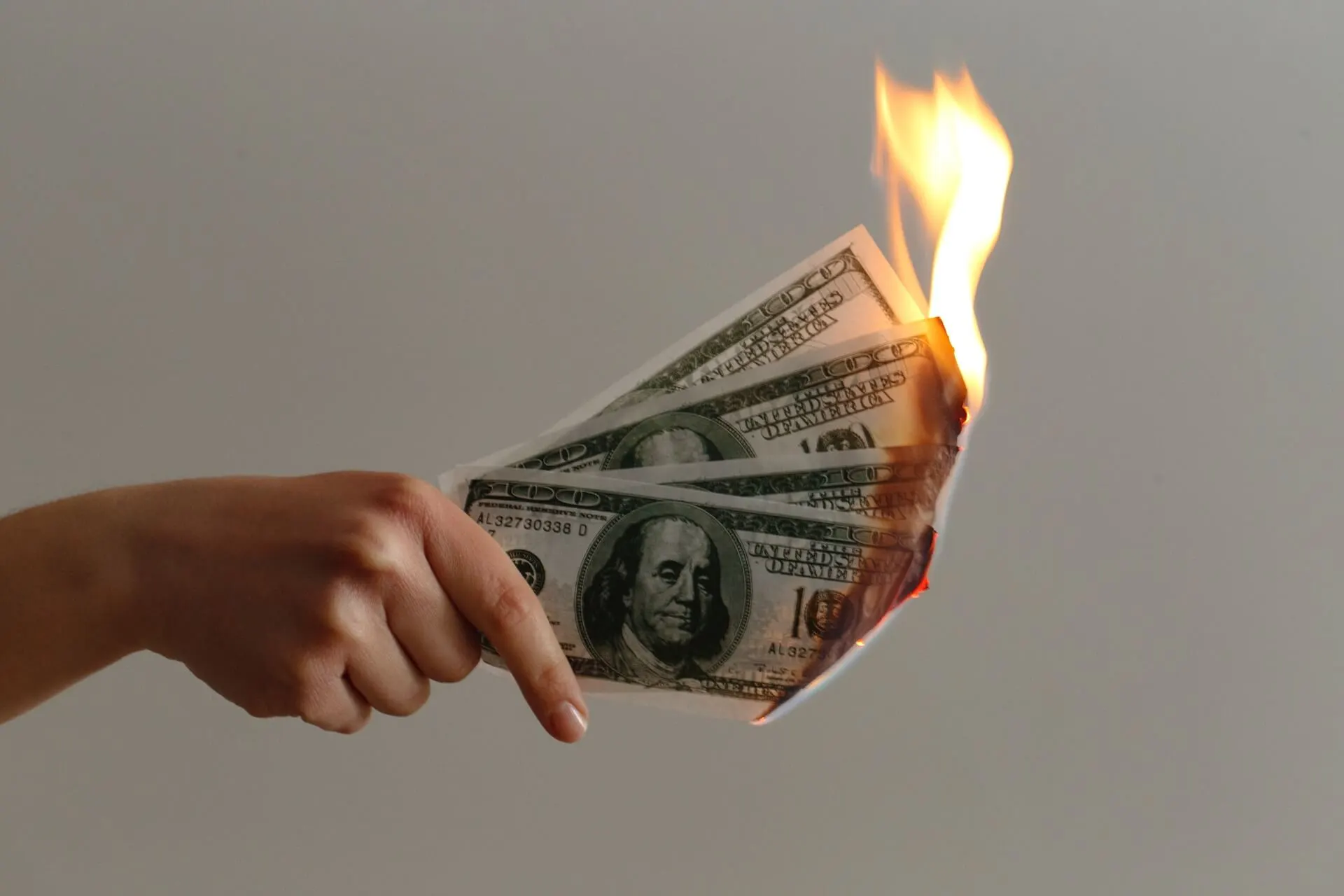Buy Now Pay Later (BNPL) payment options are on the rise.
Also known as point-of-sale installment loans, BNPL is growing in popularity among younger consumers.
According to a 2024 Trends Study by The Ascent, 40% of Gen Z and 48% of Millennial respondents used BNPL at least once since it became available. This is compared to Gen X at 28% and Boomers at 13%.
When you’re low on cash or waiting on your salary, the allure of monthly installment payments can seem too good an opportunity to let pass.
This is especially so when you consider the fact that they are often interest-free. But this doesn’t imply that using BNPL options are always a good deal…
What is Buy Now Pay Later?
In a nutshell:
Buy Now Pay Later has emerged as a short-term financing option for consumers to pay multiple small installments over a short period of time, rather than pay it all in one shot.
This harkens back to the days of layaway, where you paid off more expensive items with regular payments.
It’s an often alluring alternative to using credit cards, especially with interest rates higher than ever – many BNPL offers don’t charge you interest – at least within the term you agree to pay. But like anything else, you need to read the fine print!
How BNPL works:
Say you’re looking at getting a new fridge for example, at a $1,500 cost.
The BNPL option means you can choose a vendor such as Klarna, Afterpay and PayPal Pay in 4/Pay Later, selecting the common 4 week payment option.
Now you only have to cover $375 a week over the next month. Sounds good right? It certainly can be!
But like anything else when it comes to financing options, you need to plan ahead, lest you fall into the trap of forgetting payments, paying unexpected fees and inadvertently increasing your debt levels.
6 Hidden Risks of Using Buy Now Pay Later Services
1. It’s not exactly free.
Unfortunately, borrowing money never comes without consequences.
A BPNL offer is still technically a loan, if you miss payments, you will potentially face late charges, plus additional interest. Also, keep in mind that this is how these companies are making money.
BNPL processors charge merchants between 2% to 8% of the purchase amount. Some providers also charge a flat fee of $0.30 per transaction. These charges drive up the costs of goods and services for the customer.
2. It instills poor money management skills.
Buy Now Pay Later erodes financial discipline.
The virtues of delaying immediate satisfaction that comes with saving and investing as building blocks for long-term wealth are partly defeated by the instant gratification that comes from Buy Now Pay Later offers.
Being dependent on BNPL normalizes debt as a way of life, which makes it considerably more difficult for you to achieve financial independence.
Why Delayed Gratification Will Help Your Finances & 8 Tips to Practice
3. It encourages impulse spending.
The idea of paying for something later can encourage you to shop more than you would have initially if you didn’t have an extra source of credit.
The result? You may end up buying things that you want, but don’t need. Its flexible payment option allows you to finance purchases you would have initially not considered.
4. It racks up your debt level.
The lure of easy money makes it easier to rack up more debt.
If you’re given the option of paying for something that costs $500 and spread it out in installment payments over 12 payments at a cost of $30 monthly, that sounds more manageable than paying the total amount at once.
The small amounts added up can accumulate to larger amounts, which makes it more challenging to pay off.
5. It may affect your credit score.
Using BNPL options can affect your credit score, which hampers your eligibility to get loans or negotiate for lower interest rates.
Most BNPL lenders don’t report payments to the credit reporting agencies as to where they’re at when due. However, they are always quick to inform them when you’ve missed a payment.
If you intend to build credit, take out time to understand how the particular lender handles your payment reports.
6. You are robbing your future.
When using BNPL options, you are inadvertently robbing your future self.
Postponing payment now means you would have to settle in the future. This limits your chances of achieving financial independence because your debt always hovers above your finances like a dark cloud.
Also, you have to consider the fact that as we grow older, responsibilities also increase.
This means you would be spending more money in the future to take care of those responsibilities. Combining them with debt payments makes it more difficult to save or invest.
Consumerism: Spending Rises, Yet We Complain About Having No Money?
5 Ways to Avoid the Buy Now Pay Later Trap
BNPL is technically a loan, which implies you are getting yourself into more debt. There are various ways you can avoid the BNPL trap.
1. Create and stick to a budget.
The easiest way to manage money within your means is by creating a budget and sticking to it.
Creating a budget outlines in black and white how you spend your income. This allows you to identify loopholes in your expenses and fix them.
You’d be able to cross out or reduce unnecessary expenses, thereby freeing up more cash, which can be used for more profitable ventures.
2. Develop a healthy savings habit.
Developing a habit of savings has a two-pronged effect on BNPL.
First, it makes you more frugal with money, which tapers impulsive buying. As such, you are more likely to focus on buying the things you actually need, not want.
Secondly, a savings habit allows you to appreciate the time value of money. When you realize that you have to pay for the item in the future, you begin to acknowledge the effect of time on money.
You’ll start to ask yourself if you had saved or invested that money, what yields would it bring in the future for you.
3. Live within your means.
This is a good old fashioned way of money management.
However, in a society where impulsive consumerism and debt racking is encouraged, it can be difficult to develop such a trait. The key thing is developing the willpower and character to be financially disciplined.
If we live within our means, then we wouldn’t need BNPL options. Rather than taking the easy way out, we’d prefer to save towards that item we need.
4. Opt for discount and clearance sales.
Rather than using BNPL, why not wait for discount seasons and clearance sales?
You can get that same item at a lower cost. Plus you get to pay in full, without racking up debt. This is a win-win situation for you.
5. Debt valuation.
Debt valuation implies assessing the value of debt that you want to incur, and its impact on your finances.
Not all debt is bad. When used properly, debt can be a good investment strategy. For example, taking out debt to buy a home or start a business.
On the flip side, debt can also be quicksand to achieving financial independence.
For example, taking out debt to finance your vacation expenses. One way you can avoid the trappings of BNPL options is by assessing the value of the debt you want to incur.
This allows you to measure whether the debt is really worth it.
Unfortunately, in most cases of BNPL, it is not worth it. The scope of BNPL options is only streamlined towards retail shopping.
Provided you have funds to take care of your necessities, you don’t need to take out deferred debt to purchase a TV or new shoes because these things have a minimal positive impact on your finances.
The Bottom Line
While ‘Buy Now Pay Later’ options may seem like free money, people have to realize that there is no free lunch.
There are always costs to bear for borrowing to repay later, no matter how minimal.
BNPL feeds off consumerism and impulsive spending. It encourages people to live above their means which can lead to a false sense of financial security.
Debt in whatever form should be frowned at, unless it’s used to create extra sources of income.
Understand that you could be charged a penalty fee or interest if you’re late on your payments. It could also affect your credit score. Perhaps more importantly, dependence on BNPL options can negate future financial independence.
When it comes to financial independence and wealth building, sometimes waiting is worth it!
Updated from Nov 8, 2023
Photo by Karolina Grabowska from Pexels



















